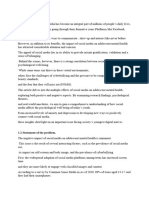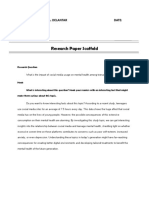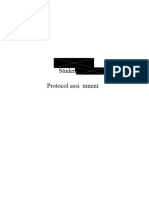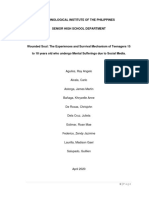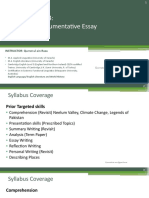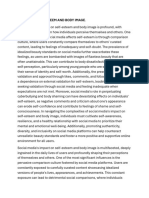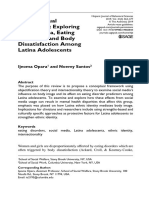0% found this document useful (0 votes)
17 views6 pagesSoha Part 2
The document discusses the alarming rise of depression and anxiety among teenagers linked to social media use, highlighting issues such as unrealistic portrayals, cyberbullying, and addictive platform designs. It proposes hypotheses regarding the relationship between social media engagement and mental health outcomes, and outlines a research framework to investigate these connections. The conclusions aim to inform public health strategies and promote healthy social media habits among teens.
Uploaded by
somalugsalimaCopyright
© © All Rights Reserved
We take content rights seriously. If you suspect this is your content, claim it here.
Available Formats
Download as DOCX, PDF, TXT or read online on Scribd
0% found this document useful (0 votes)
17 views6 pagesSoha Part 2
The document discusses the alarming rise of depression and anxiety among teenagers linked to social media use, highlighting issues such as unrealistic portrayals, cyberbullying, and addictive platform designs. It proposes hypotheses regarding the relationship between social media engagement and mental health outcomes, and outlines a research framework to investigate these connections. The conclusions aim to inform public health strategies and promote healthy social media habits among teens.
Uploaded by
somalugsalimaCopyright
© © All Rights Reserved
We take content rights seriously. If you suspect this is your content, claim it here.
Available Formats
Download as DOCX, PDF, TXT or read online on Scribd
/ 6












